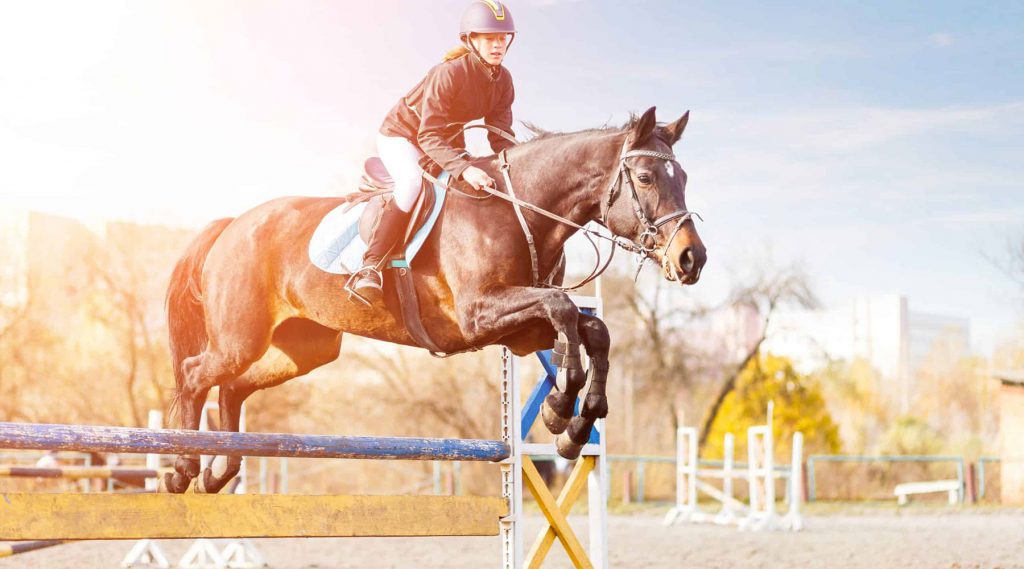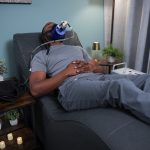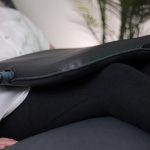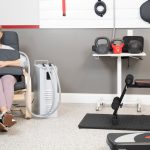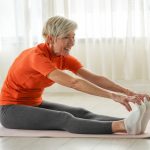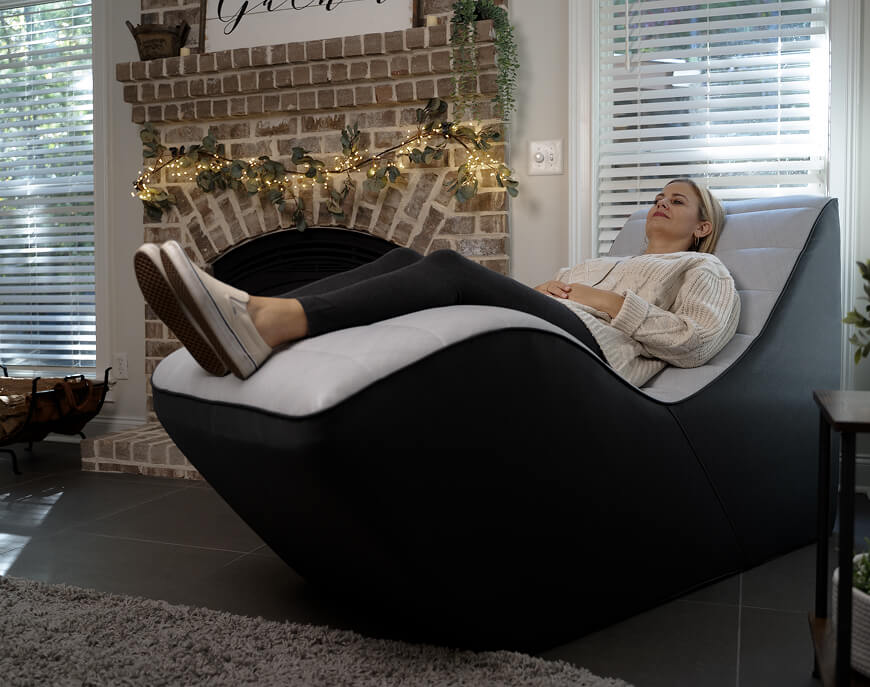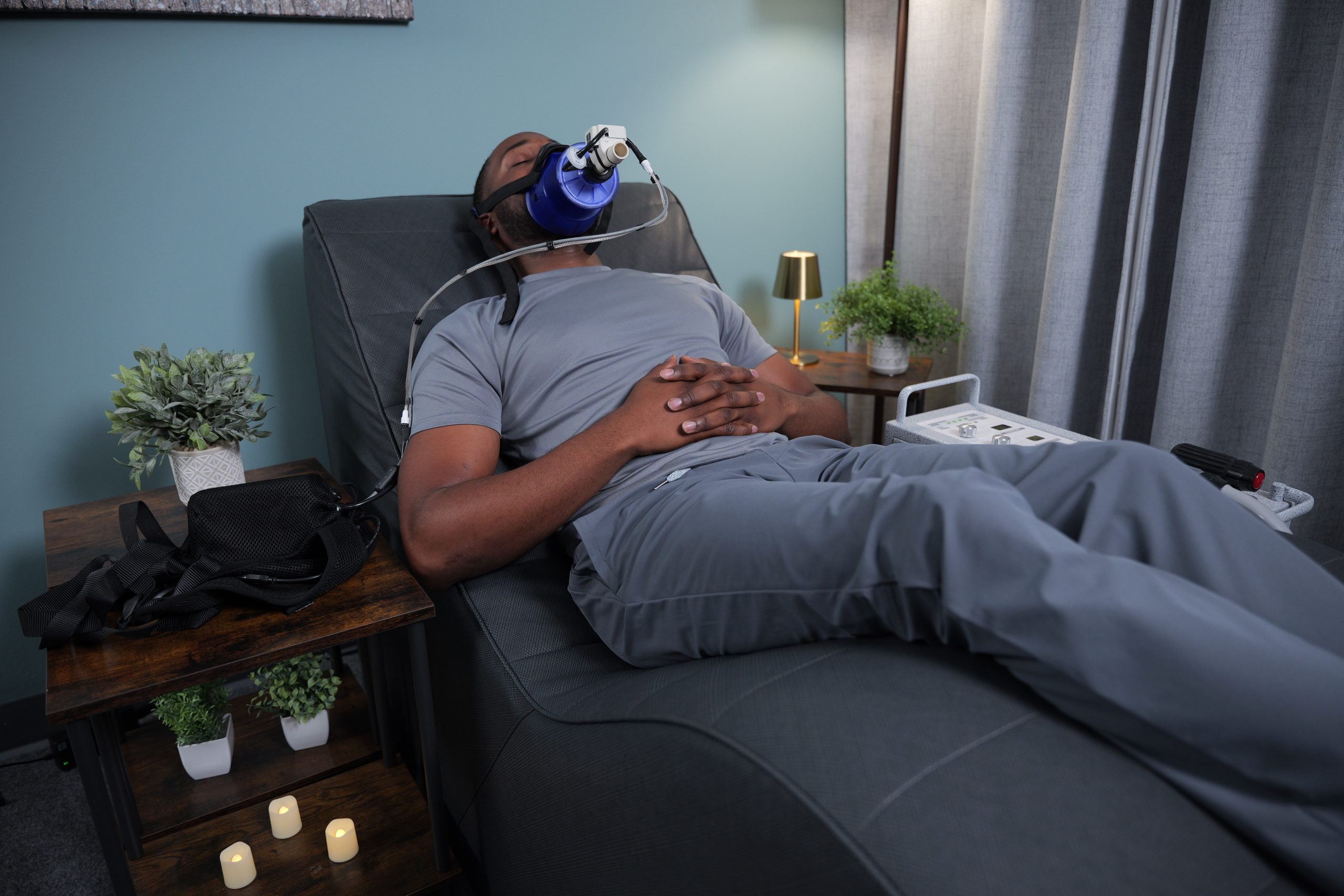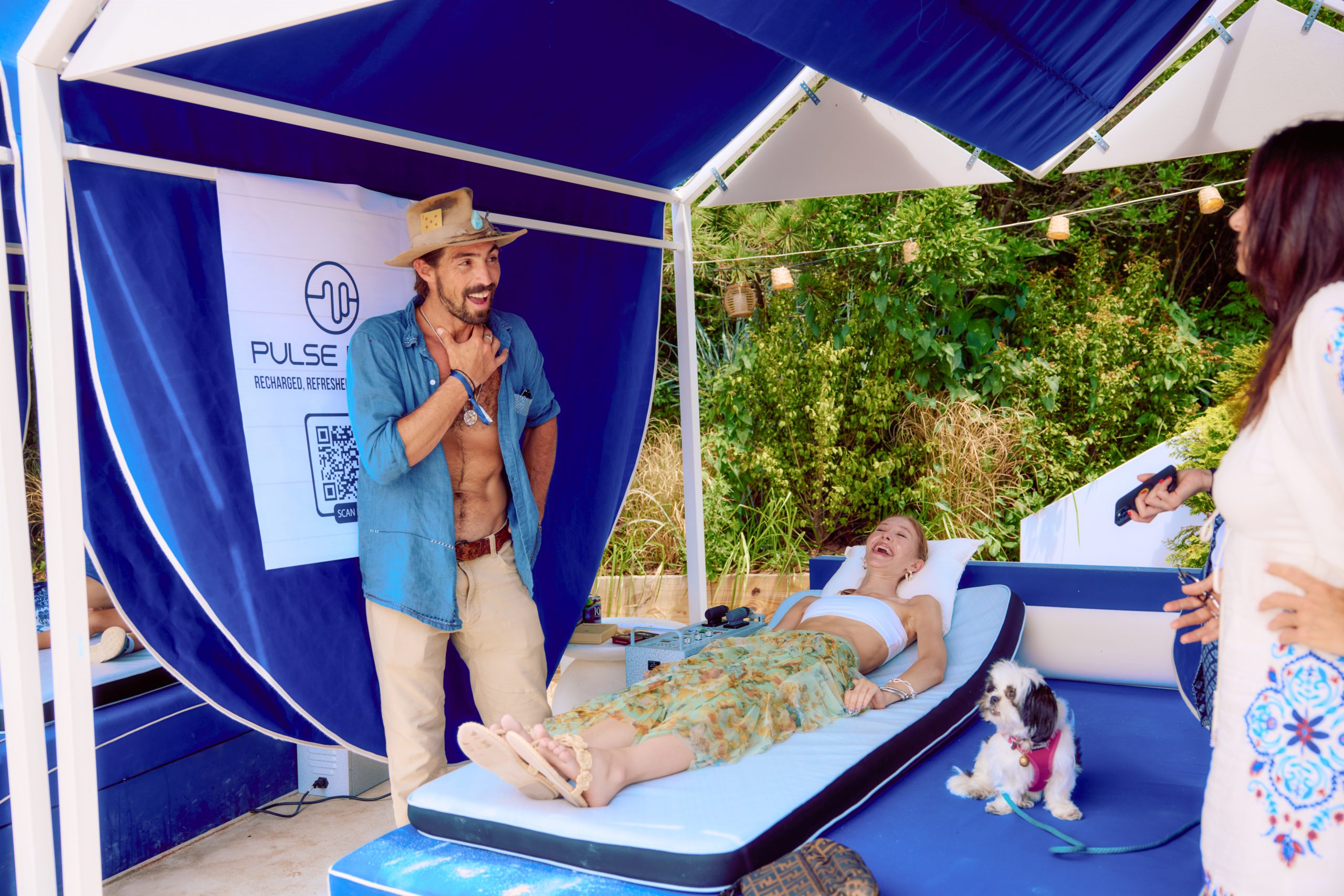The proper motion and action of a horse come from the driving force of the hindquarters. When a horse is carrying a rider, it needs to push forward in movement. This ensures a proper engagement of the muscles and a strengthening of the muscles of the topline.
While we sometimes ask our horses to perform unnatural movements in different disciplines, if not done properly they can result in discomfort and deterioration of the joints. Giving special care to the hindquarters aids in prolonging a healthy lifestyle for your horse.
What are the hindquarters?
The hindquarters of a horse are where each motion begins. It consists of two major collections of muscles that play a role in flexion and extension while in movement.
Anatomically, the quadriceps are the focus for flexion. The muscles included in this area are the fascia lata, the superficial gluteal muscles, and iliopsoas. These muscles aid in pulling the hindlimb under the body. When these are well-developed they can increase the horse’s ability to propel forward.
Conversely, the gluteals are the anatomical focus for extension. The muscles included here are the parts of the femoral biceps, semitendinosus, or hamstrings, and the middle gluteal muscle. These muscles tend to make up the shape of the rump. They are also the main propeller muscles in the hindlimb.
Every movement of the horse is led by the hind end. Think of the gaits of a horse’s movement. The hind end initiates walking.
Exercising & Stretching the Hindquarters
There are many different exercises to strengthen the hindquarters. Here are the most common that you can try with your horse:
- The Rein-Back: This is a classic Dressage move that can be used outside of the Dressage arena as well. When done correctly, this move can really engage and strengthen the hind end. It is best not to overdo this exercise. However, a couple of times during a ride is suitable.
- Cavaletti Work: Working your horse over raised poles (either riding or lounging) can help strengthen the hind end, especially the hocks and stifles.
- Hill Work: Riding your horse uphill is a great exercise to work the quadriceps. Always start with a light to moderate slope and increase as the horse’s endurance increases.
- Jumping and Grid Work: Jumping is a great exercise to incorporate for strengthening the hind end. It’s important to always involve a trainer who understands your horse’s limitations to create a proper training program with the best techniques.
There are also many different ways to stretch and warm up the muscles of your horse to help prevent injuries. Talk with your vet or licensed chiropractor for easy, at-home stretches you can incorporate into your horse’s daily exercise program.
Applying PEMF
There is a lot of surface area to cover when pulsing the hindquarters of a horse. It is best to utilize the Large, XL, or XXL Animal Loops for this area due to the large connections of muscle and fascia throughout the hind end. Larger horses will benefit from the greater coverage of the XL or XXL loops. The longer length of these loops enables the magnetic field to reach the anatomical landmarks of the hamstrings, tensor fascia lata, and the stifle,
With the hindquarters commanding the movement of the horse, issues are bound to happen. When the hindquarters are not operating at their full capacity, the rest of the body must compensate. Compensation can lead to negative effects in different parts of the body. For example, issues in the hindquarters may lead to discomfort, dysfunctional movement, and even decreased range of motion.
After approval from the treating veterinarian, PEMF can be added to a horse’s wellness plan. PEMF has proven to aid in decreasing inflammation and increasing circulation in the body. These benefits may lead to supporting the extension of the muscle fibers which can increase range of motion.[7,8] PEMF also supports overall relaxation, which is critical in any recovery process.[4.5] Training, stretching, and PEMF support can be a strategic recipe for the wellness of the hindquarters and the success of the horse.
To locate the citations referenced above, visit info.pulsepemf.com/research.

